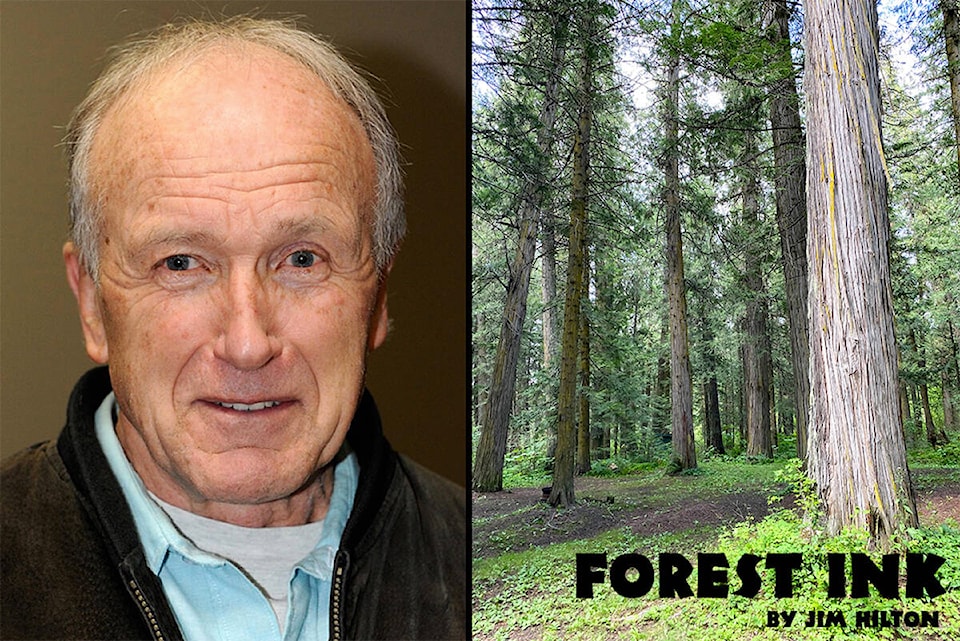Last week I took part in a federal questionnaire about Radon gas. The questions were around my level of knowledge about the gas as well as how we might make people more aware of the dangers involved as well as how to mitigate potential health concerns.
It was good timing for me because I was doing some research on using conventional renewable energy sources for energy compared to nuclear. An internet search showed that while only 30 per cent of the wood produced in developed countries is used for energy (33 per cent in Europe and 29 per cent in North America), in developing countries that amount reaches 80 per cent.
For this article I want to focus on the long term downsides of some nuclear events and how this may impact on its use today.
It appears that the impacts of nuclear explosions that take place above the ground (Second World War bombs in Japan and USA bomb tests on the Bikini Atoll islands) have less long term radioactive impacts than the melt down of the Chernobyl site.
In the case of Japan there was a long term health impact with an increase of attributable risk of 46 per cent (leukemia) and 10 per cent (solid cancer ) for children exposed to the radiation. Other long term impacts do not appear to be as bad as predicted and both cities have been able to recover to a relatively normal level considering the initial amount of destruction.
In the case of the USA bomb test site on the Bikini Atoll islands in the south pacific where 23 nuclear explosions took place between 1946 and 1958 the natives have not been able to return to some of the islands due to contaminated plants and fresh water but the adjacent sea life has done much better. What surprised the scientists was the very abundant, big healthy coral communities that looked like they have been growing in place for many years.
Chernobyl has been a much more serious case since the explosion and fire took place on the ground resulting in a 30 km contaminated zone which will likely have above normal radiation levels for many years. After nearly three decades many plants and animals have moved in and it has been classified as a wildlife sanctuary because humans have been mostly excluded from the area.
There has been a lot of research on the long term impacts on animals and human health especially children and will be ongoing for some time especially on the estimated 300 to 600 thousand liquidators (workers involved with recovery and clean up of the 30 km zone).
As a result of the devastation resulting from these incidents strict regulations and procedures for the construction and maintenance of nuclear facilities has been developed. One of the best sources for this information is discussed in a YouTube interview with Anthony Jared a 30-year Navy veteran who has operated nuclear reactors on both nuclear submarines and aircraft carriers. He describes nuclear energy safety concerns and why there has been such a prolific anti-nuclear movement.
While nuclear energy is a contentious issue, in terms of death rates per unit of electricity production, accounting for accidents and conservative pollution assessments, nuclear energy is the second safest source of energy. This equates to someone dying prematurely as a result of nuclear every 33 years in a town of 150,000, whilst in the same town as a result of coal, 25 people per year would die prematurely.
Nuclear is the cleanest energy source. Per GWh, nuclear produces three tonnes of greenhouse gases, solar five tonnes, natural gas 490 tonnes, oil 720 tonnes, and coal 820 tonnes. Nuclear should be considered as part of the solution because of ongoing research to make it safer, more efficient, less polluting and a way to use up existing radioactive material as well as using safer material such as thorium.
monica.lamb-yorski@wltribune.com
Like us on Facebook and follow us on Twitter
